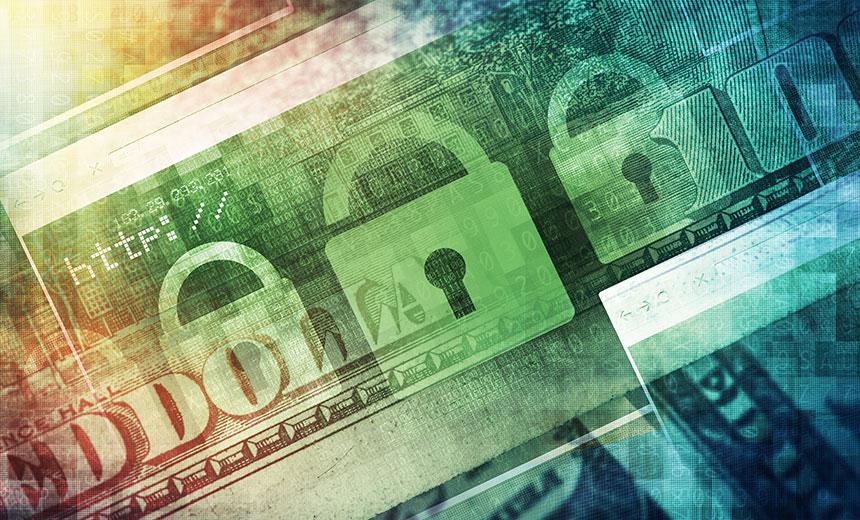Interpretation of the U.S. regulatory approach from page 73 of the "Stablecoin Bill Discussion Draft."
Written by: Beichen ,Chain Teahouse
Since the release of the Bitcoin white paper, the birth of the crypto world has been accompanied by a strong value orientation, and its disruptive nature was once regarded as a tool for crime. However, the development of underlying technology has never shifted based on value orientation, and the traditional world has begun to attempt to tame the crypto beast.
In addition to the issuance and trading of tokens, the regulatory scope also includes a relatively hidden but extremely critical area—stablecoins, especially US dollar stablecoins. As the financial infrastructure of the crypto world, the collapse of US dollar stablecoins will undoubtedly have a far greater impact on the industry than the collapse of exchanges.
On April 19, the U.S. House Financial Services Committee released the "Stablecoin Bill Discussion Draft." Although it is just a draft and does not represent the final bill, we can at least see the U.S. regulatory approach to stablecoins from this 73-page interim result that has been discussed for months.
Who initiated the hearing?
In China, the role of U.S. congressional hearings seems to be demonized, almost equating it to a judgment scene. However, in American political life, receiving exaggerated (and even threatening) inquiries from congressional members is just part of the daily routine.
The purpose of lawmakers initiating hearings is, on one hand, to demonstrate that they are working, and on the other hand, to seize the opportunity for bargaining.
The legislative hearing on stablecoins was initiated by Maxine Waters (Democrat), the former chair of the U.S. House Financial Services Committee, and she received strong support from the current chair, Patrick McHenry (Republican). This hearing was initiated during her previous tenure as committee chair in collaboration with McHenry, but was postponed due to the subsequent FTX collapse and congressional turnover.
She emphasized, "We are starting from scratch to deal with stablecoins, and we must address it."
Thus, it is not difficult to conclude that there is a consensus between the Democrats and Republicans to legislate for the regulation of stablecoins.
How to regulate stablecoins?
The 73-page draft is somewhat similar to Hong Kong's new Web3 policy. In short, it regulates stablecoins from the issuance side, requiring that issuers must be real entities and must apply to regulatory authorities. Unauthorized issuance could face up to five years in prison and a fine of $1 million.
However, it is noteworthy that the issuer's reserve support must be in U.S. dollars, circulating notes (issued by the federal or Federal Reserve banks), government bonds, or central bank reserve deposits.
In other words, the focus of regulation has two points: 1. Is there a one-to-one asset reserve? 2. Is there a direct or indirect holding of U.S. dollars? The former is to protect investors' interests, while the latter is to protect the interests of the existing financial system.
Therefore, algorithmic stablecoins that cannot guarantee a one-to-one asset reserve and do not directly or indirectly hold U.S. dollars must be banned (at least temporarily).
Additionally, the draft also calls for the U.S. to begin researching central bank digital currencies, with the Treasury and various regulatory agencies required to report the results of this research to the Financial Services Committee and the Senate Banking Committee within 180 days.
Ideally, they would like to replace the growing market for U.S. dollar stablecoins with a digital dollar, but that is still a long way off.
Voices of opposition?
Some U.S. lawmakers and groups oppose the draft, mainly feeling that the regulation of stablecoins is too lenient.
In fact, the various opposing opinions do have some merit. Institutions issuing stablecoins are essentially deposit-taking institutions, and since banks are subject to very strict regulation, stablecoin issuing institutions should be held to the same standards.
A more practical impact is that deposits made by investors to stablecoin issuing institutions will put pressure on small community financial institutions, while stablecoins cannot be directly used for real economic activities such as lending and investment, but rather for speculative financial activities.
Especially, French Hill, the chairman of the Digital Assets, Financial Technology, and Inclusion Subcommittee, held a special hearing for this hearing.
However, such opposition is part of the legislative hearing process, and there is always room for bargaining before formal legislation. After all, the crypto world is rapidly expanding, and U.S. dollar stablecoins, as important infrastructure, will increase the de facto influence of the dollar.
Conclusion
Although in the eyes of crypto fundamentalists, regulating stablecoins is an infringement of the centralized world on the decentralized world, in a truly decentralized world, there should not be stablecoins (the true world currency should theoretically be BTC). Therefore, stablecoins are a product of compromise with the real world, and being regulated is quite reasonable.
If your actions in the crypto world cannot avoid stablecoins, then you must pay attention to the security of stablecoins.
Currently, from the perspective of U.S. stablecoin regulation, the risks for USDT and USDC in terms of investor protection are becoming smaller, while the cost is that on-chain money laundering operations will face strong regulation in the future.
So, to digress, does this also mean that BUSD will see a turnaround?










